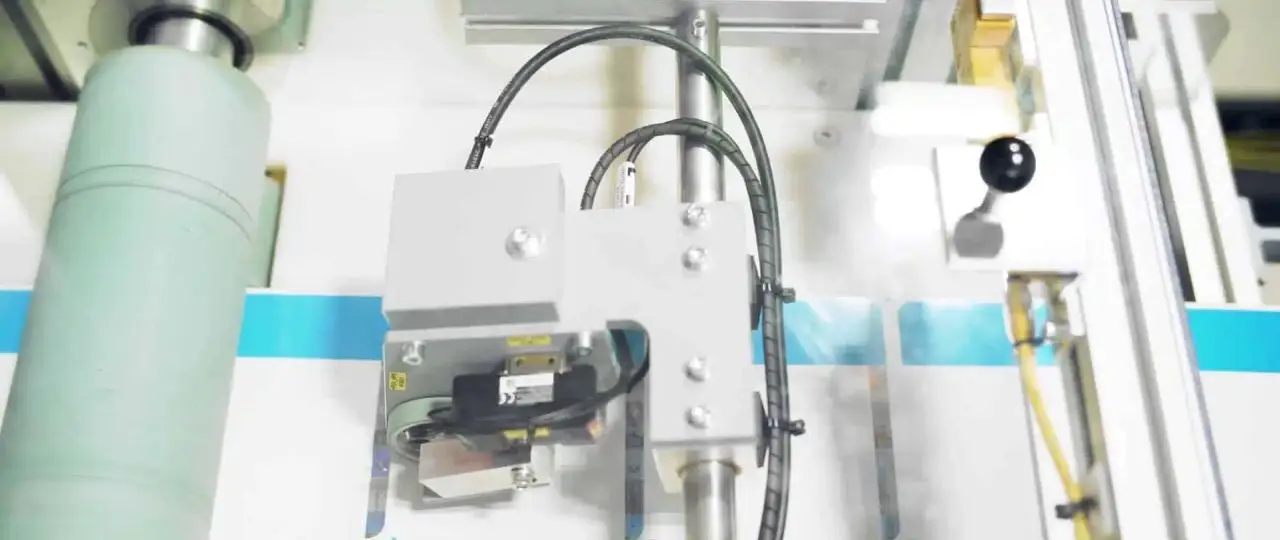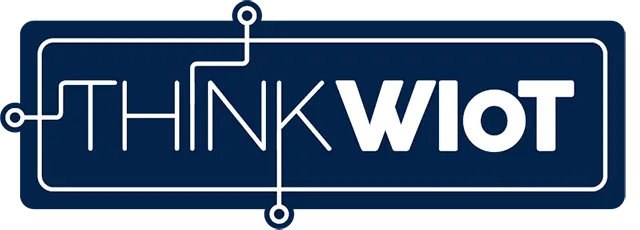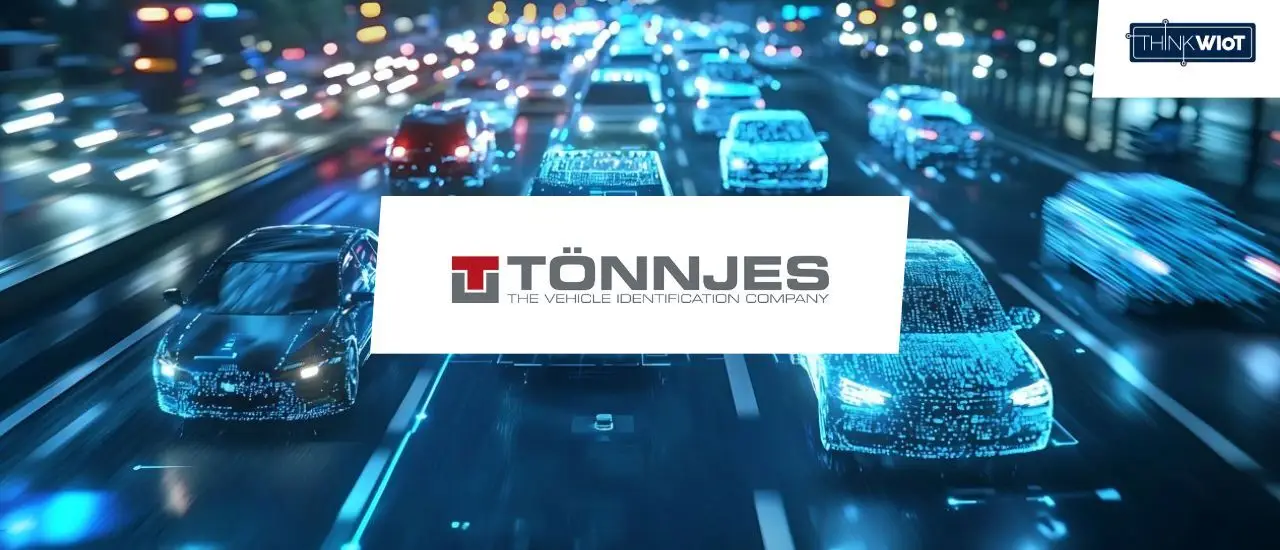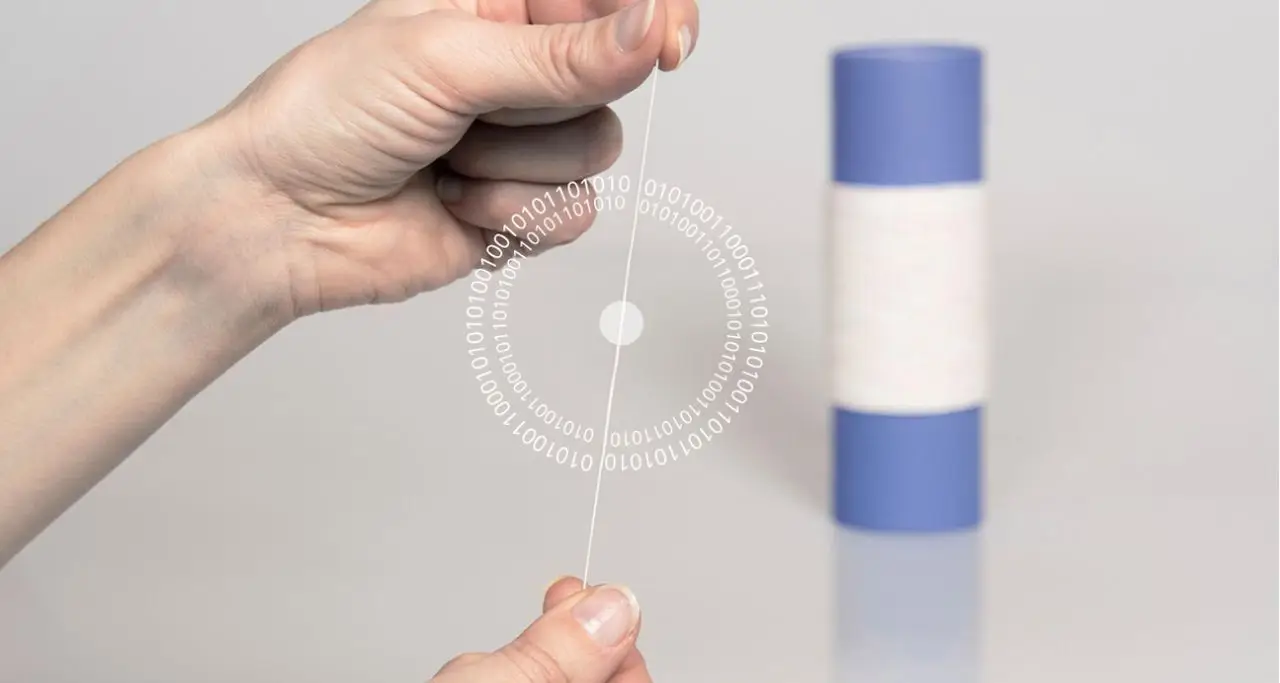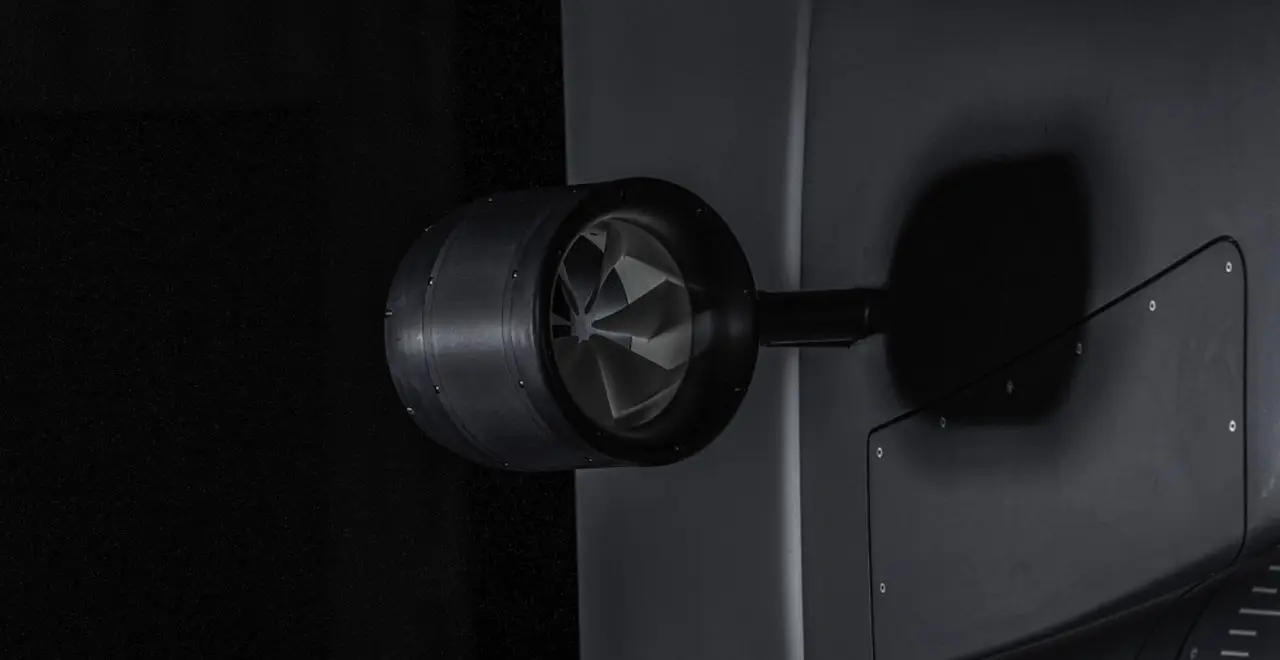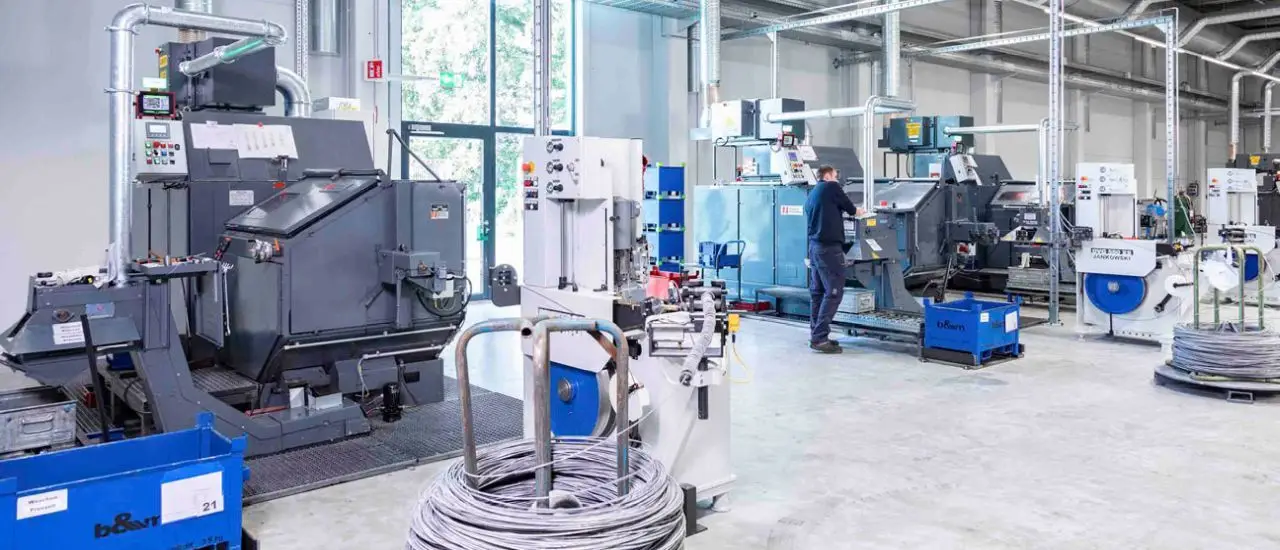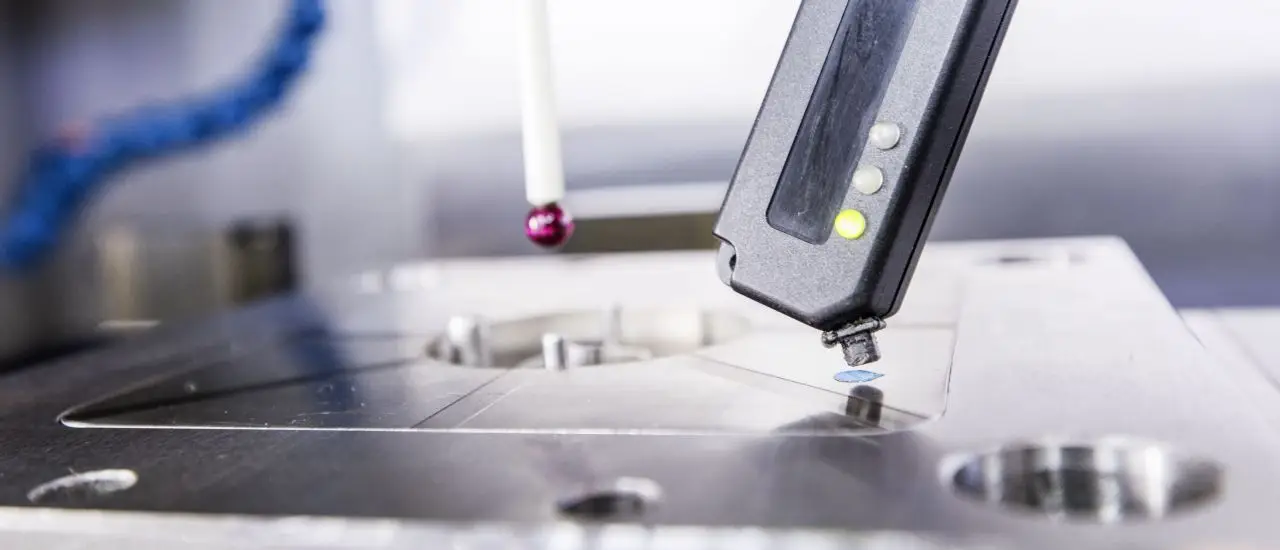- RAIN RFID tags in license plates enable automatic vehicle identification with read ranges of about 10–15 meters.
- IDePLATE, IDeSTIX, and IDeTRUST combine hardware and middleware to authenticate vehicles without storing personal driver data on the tag.
- Infrastructure choices (gantries, roadside readers, or in-road sensors) drive installation costs and lane coverage trade-offs.
- Standards-based encryption and ISO verification mechanisms protect transmission and support secure backend linking.
- Use cases include tolling, access control, parking management, EV privileges, counterfeit prevention, and improved enforcement for road safety.
RFID technology (Radio Frequency Identification) plays a central role in vehicle identification and registration, enabling the secure and efficient management of vehicle data. By integrating RFID chips into license plates and windshield stickers, the global market leader Tönnjes International Group offers an innovative solution for tamper-proof vehicle identification.
In current projects in the Philippines, the Caribbean, or on the African continent, millions of RFID-based license plates and stickers have been introduced, supported by the specially developed management software IDeTRUST. The software enables comprehensive digital vehicle management.
Tönnjes International Group will supply the Philippines with over 25 million IDeSTIX RFID stickers for windshields and headlights by the end of 2024. All Malaysian EV’s will use RFID license plates – the so called IDePLATE – starting this year. In the Cayman Islands, 70,000 vehicles have already been retrofitted with IDePLATE and IDeSTIX.
Secure Data Transmission for Vehicle Identification
The RFID License Plate
So far, 44 billion UHF RFID chips have been sold worldwide in 2024, according to a report by the RAIN Alliance. This number is expected to rise to 55 billion by the end of the year.
Some of these chips are used for Electronic Vehicle Identification (EVI). RFID chips integrated into vehicle license plates ensure automatic and efficient vehicle identification as well as secure data storage and transmission. This enables wireless communication between vehicles such as cars, trucks and motorcycles with authorized readers.
The IDePLATE, developed by the Tönnjes International Group, is an example of a vehicle license plate with an integrated RAIN RFID chip. The IDeSTIX windshield sticker and the IDeTRUST middleware are also part of the IDePLATE system. Together, these hardware and software components make vehicle detection electronic. Vehicle identification and authentication are no longer dependent on visibility, as is the case with traditional camera-based vehicle identification systems.
All information about the vehicle can be stored in the chip. This includes for example the color of the vehicle, the type, the model, and any visible features. The chip does not contain any personal information about the driver for privacy reasons, as will be explained in more detail in the following sections.
The RFID read range of the IDePLATE is round 10 to 15 meters which allows vehicle identification in free flow environments.
The digital license plate is the “passport” of the vehicle allowing the legitimate use of it on public roads.
RFID license plates cost a little more than conventional license plates. The higher costs also include the services and benefits that are achieved with RFID. Once the RFID tag is installed, no further maintenance is required as there are no batteries involved. The RFID license plate is functional throughout its lifetime.

Road Infrastructure
In order to be able to carry out RFID-supported vehicle identification, the appropriate infrastructure must be set up. This includes setting up the mounting or ground antennas at predetermined locations along a road, such as at gantries or at the roadside.
Although RAIN RFID is an ideal technology for vehicle identification, it poses challenges to the infrastructure. Roadside infrastructure is an investment. RFID antennas have a reliable read range of about 10-15 meters. This means that a roadside reader can only detect RFID chips from one lane. For this reason, a gantry must be set up for multi-lane roads, resulting in higher costs.
Infrastructure Costs – Hardware
Loop counters are a commonly used method of traffic monitoring. An induction loop consists of a wire wound into a circular, square, or rectangular loop. It is usually installed under the surface of a road. These loop counters only count the vehicles that pass through them.
Overhead installations, such as traffic bridges or display signs, are also subject to safety inspections, as vibrations from traffic can lead to material fatigue and damage. Such maintenance work is associated with high costs.
In contrast, sensors integrated into the road offer a cost-effective alternative. The built-in road readers are designed to function reliably throughout their 10-year lifespan. Maintenance is not required. Sensors installed in the road have a lifespan of 15-20 years and have very low maintenance costs. Once they reach the end of their life, they are simply removed and replaced. This makes RFID a cost-efficient solution.
The installation of roadside sensors such as cameras is also comparatively more expensive than loop counters. However, installing a roadside reader is still much more cost-effective than installing an entire gantry.
Consequently, traffic on major roads is often more visible than on urban and smaller rural roads.
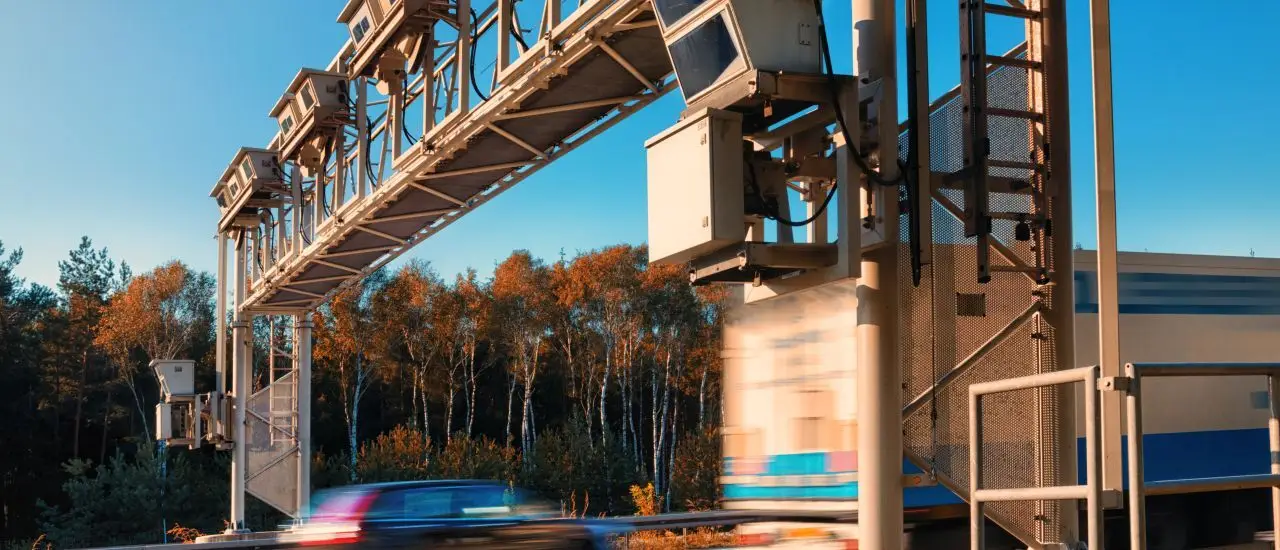
The development of the ground antenna aims to make the transport infrastructure more efficient and cost-effective. Traditionally, overhead constructions such as the so-called gantries require considerable resources for construction and maintenance. By integrating the technology directly into the road, not only can costs be reduced, but urban requirements such as space and aesthetics can also be taken into account. This opens up new opportunities, especially in urban areas, to digitally upgrade existing structures and to advance modern solutions such as digital number plate detection.
Stefan Schnier - Managing Director of Tönnjes E.A.S.T., Tönnjes International Group
Software – IDeTRUST
On the software side, the IDeTRUST middleware works in combination with IDePLATE and IDeSTIX. The software enables vehicle registration and verification for vehicle identification.
IDeTRUST is equipped with an integrated IT system that enables the registration and control of vehicle identities. The software can also be integrated into existing programs. IDeTRUST is customizable and covers all tasks of the vehicle registration process for governments, authorities, or companies.
Transmitted data is encrypted, and authorization measures prevent unauthorized access to the data.
The software minimizes the effort involved in the approval process and optimizes management. In addition, a unique cryptographic identification number on the chips of the license plates ensures authentic data comparison with a central database. The digital reading of this data is carried out quickly and securely via the IDeTRUST Verification App, which works with a standard smartphone and without an Internet connection.

Why is RFID Used for Vehicle Identification?
In this article, the infrastructure, maintenance, and costs have already been considered.
In terms of maintenance, a properly functioning RFID infrastructure offers significant advantages. But apart from the cost savings, what are the reasons for using RFID technology in vehicle identification and registration? What other advantages are there? What applications does this make possible?
Road Safety
The introduction of digital license plate technologies, such as the IDePLATE system, can help improve road safety. Authenticated license plates enable the reliable identification of vehicles, which means that unregistered or uninsured vehicles, which are a problem especially in developing countries, can be taken out of circulation.
Studies show that the monitoring of behavioral patterns, such as inattentive driving or aggressive behavior in road traffic, can be made more effective by camera systems if clear vehicle identification is guaranteed. These measures promote lawful behavior in road traffic and can increase general safety on the roads in the long term.
Counterfeit Protection
Digital license plate systems make a significant contribution to the fight against counterfeiting and to the reduction of so-called license plate cloning. The combination of digital security features and a central authentication infrastructure makes it much more difficult to use fake or copied license plates. This not only has an impact on road safety, but also on the prevention of crimes in which manipulated vehicles are used.
To some extent, the secure identification of vehicles also plays a role in the fight against crime and the prevention of terrorism.
Applications in the Smart City
Electronic license plate systems such as the IDePLATE play a central role in the development of smart cities and their technological infrastructure. They are already being used in areas such as toll collection, access control, and parking management. In the future, they could be increasingly used to regulate environmental zones – so-called green zones – in order to efficiently monitor aspects such as air pollution, noise pollution, and traffic emissions.
Use cases with RFID license plates, for example in Malaysia, show the potential of this technology to promote electric mobility by equipping electric vehicles with specific privileges and traffic control measures. These approaches support not only sustainable mobility, but also data-based planning and optimization of urban spaces in the sense of networked and environmentally friendly urban development.
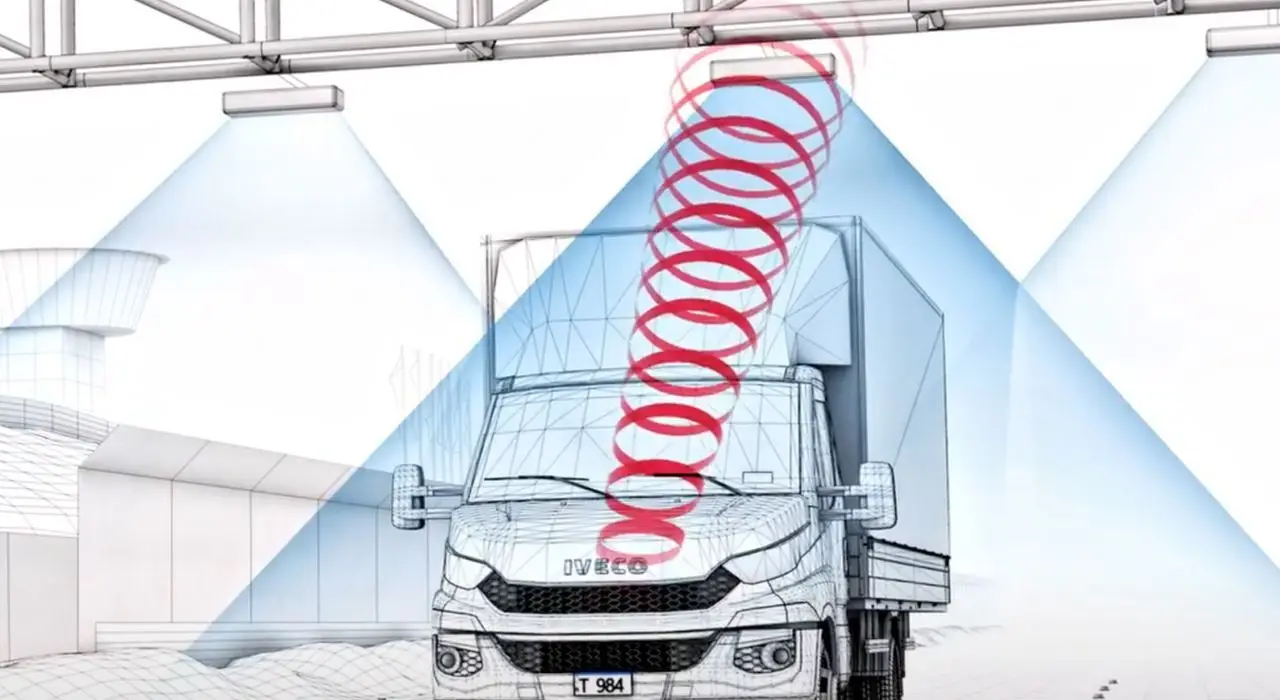
The first layer concerns the air interface protocol, which is based on the RAIN RFID standard ISO/IEC 18000-63. This protocol enables reliable read distances of about 10 to 15 meters and plays a central role in vehicle detection. Cameras can detect vehicles from a greater distance, but not whether the product is authentic. This is why RAIN RFID has become important – because of the ability to perform authentication in conjunction with data standards.
The second layer involves the data standards, which use ISO/IEC 20248 to ensure reliable verification and authentication of the information stored on the chip. These standards are already being used successfully in international projects, such as in the Philippines.
The third layer focuses on encryption technology, in particular the AES standard ISO/IEC 29167 part 10, which ensures the security and protection of sensitive data. This multi-layered standard structure combines technological efficiency with data protection, and provides a robust foundation for the use of RFID license plates in modern traffic and security systems.
In terms of physical or optical characterictics, the IDePLATE is fundamentally not much different from traditional license plates and meets the applicable standards, such as ISO 7591. This ensures compatibility with classic license plate systems.
Stefan Schnier - Managing Director of Tönnjes E.A.S.T., Tönnjes International Group
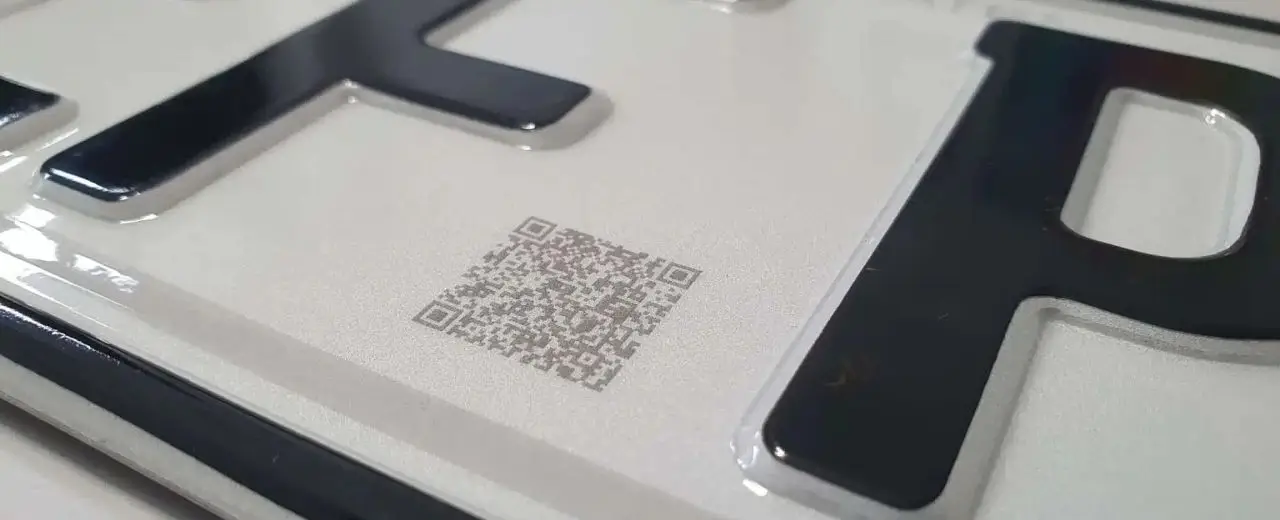
Data Protection and Data Security
Data protection and data security play a central role in the use of RFID technologies. This also applies to digital license plate systems, especially for the storage and transmission of vehicle and driver data.
The topic of data protection and traceability presents a certain challenge in one form or another when using RFID. This is because the topic of RFID is not always fully understood by the public. This leads to reservations about digital license plates, about what happens in the background. This is exactly what needs to be explained in order to promote the adoption of RFID.
Encryption using the AES standard ISO/IEC 29167 part 10 ensures secure data transmission and protects against unauthorized access. Personal data is not stored on the RFID chip of the IDePLATE. Instead, only a unique identification number (TID) is read, which is linked to relevant data records in backend systems. This way, the authenticity of the license plate can be verified.
For added security, only general vehicle information such as color, type or model can be stored – data that is already visually visible. This structured approach meets the high requirements for data protection, especially in countries of the European Union, and strengthens trust in the technology without compromising the privacy of vehicle owners.
One of the main advantages of the digital license plate is the higher detection rate and the more secure method of data transmission without disregarding data protection.
